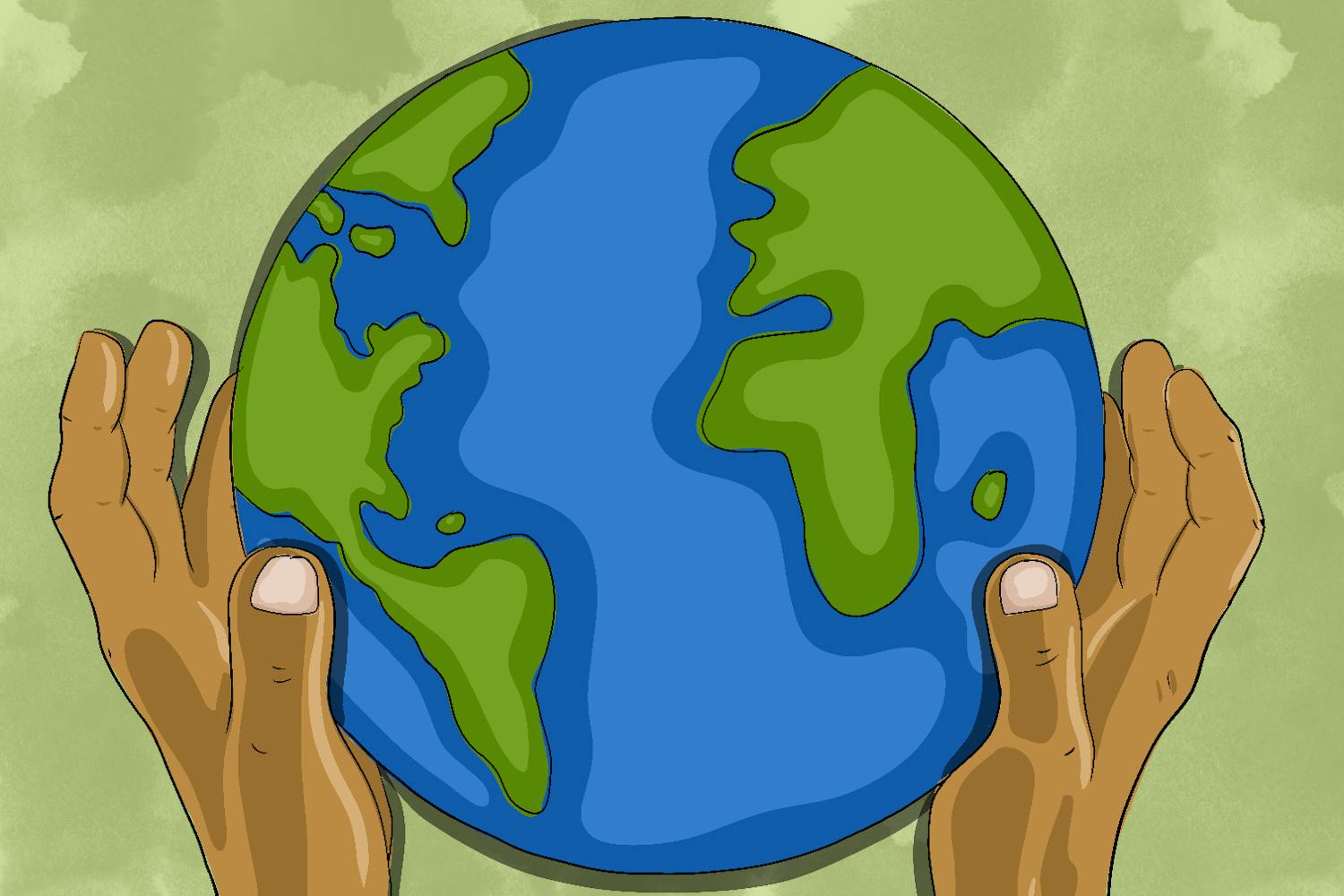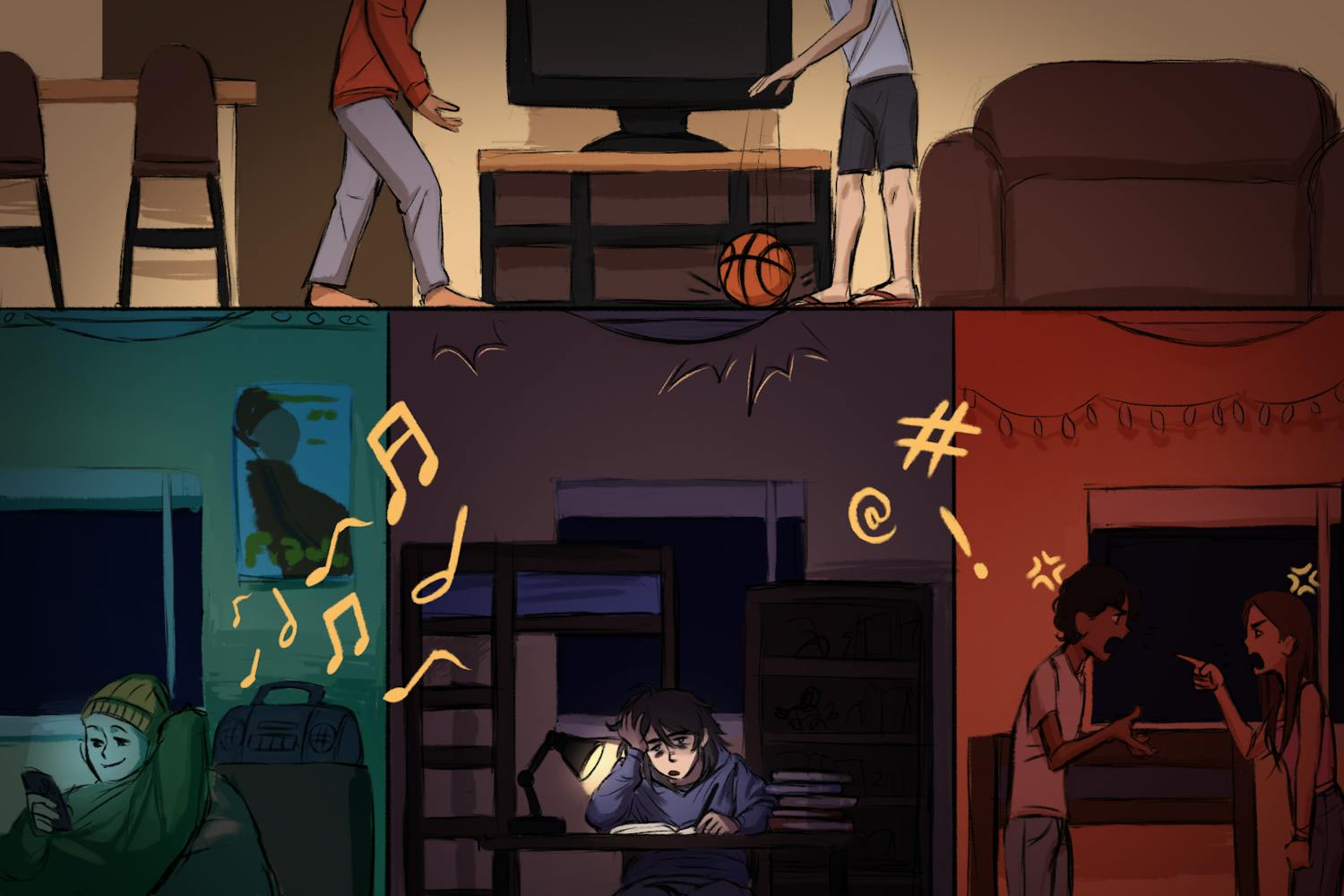Let’s get to the bottom line: Haboobs are dangerous.
Despite the intriguing Instagrams posted seemingly seconds after the five-mile wall of dust makes its appearance, dust storms in Arizona are no joke. Once a phenomenon, now apparently weekly occurrences, haboobs no longer shock us. Instagrams on Facebook no longer enthrall us. We just want to know: How can we be safe in them, especially after so many of them precede heavy rains?
Drivers on Arizona highways and around the country overestimate their driving ability, scoffing at lesser road hazards and plow blindly on. Arizonans make less-than-informed moves all the time, but their faux pas seem amplified in the mountains of dust that have plagued the Valley this summer and most recently, last Thursday.
Some drivers refuse to slow down, maintaining an average speed of 70 mph even while a wall of thick fog blinds their line of vision. Drivers continue to split their attention among texting, eating fast food or applying mascara, clearly indicating that they have no idea how to react when the weather turns extreme.
The fact is people don’t take extreme weather seriously. Flashing signs on the 101 telling us to “buckle up” or to refrain from “drinking and driving” aren’t doing anything for us. It would appear that we are an impatient population who thinks we know what we’re doing. There is a sharp learning curve when it comes to adapting to an inhospitable climate, especially when that climate masquerades as a snowbird’s nest.
How many of us have braved the dangerous weather to get where we’re going? How many of us didn’t know we are supposed to turn off our air conditioning and all car lights during a dust storm?
Because Arizona is such a car-oriented state, it would appear that we have no choice. We suffer the crunchy grains between our teeth and dig contact solution out of the depths of our purses, all to keep on driving through the dust. Even when the weather threatens our safety and well-being, we still must get from point A to point B.
Transplants from the Midwest or the South know the great measures states take to address dangerous weather, like erecting sirens to alert residents of oncoming hurricanes, tornadoes or flooding. What one does in the face of extreme climate — seek shelter in a solid, windowless area, with a substantial supply of food and water — is embedded into the minds of Midwesterners. Earthquake drills are carried out in California schools. But does the Arizonan know how much water he or she needs before passing out in a heat wave?
Arizonans simply aren’t that afraid of extreme weather. We assume the extreme weather we experience this summer will be very similar, if not the same, to the extreme weather we experienced last summer. But things are heating up. We are so well-acquainted with the state’s reputation of extreme weather that we fool ourselves into believing that we are immune from the effects of Mother Nature.
Heat waves, dust storms and other extreme weather in Arizona are not phenomena to be trivialized by an endless stream of Facebook posts, but natural disasters to be taken more seriously.
Want to join the conversation? Send an email to opiniondesk.statepress@gmail.com. Keep letters under 300 words and be sure to include your university affiliation. Anonymity will not be granted.



